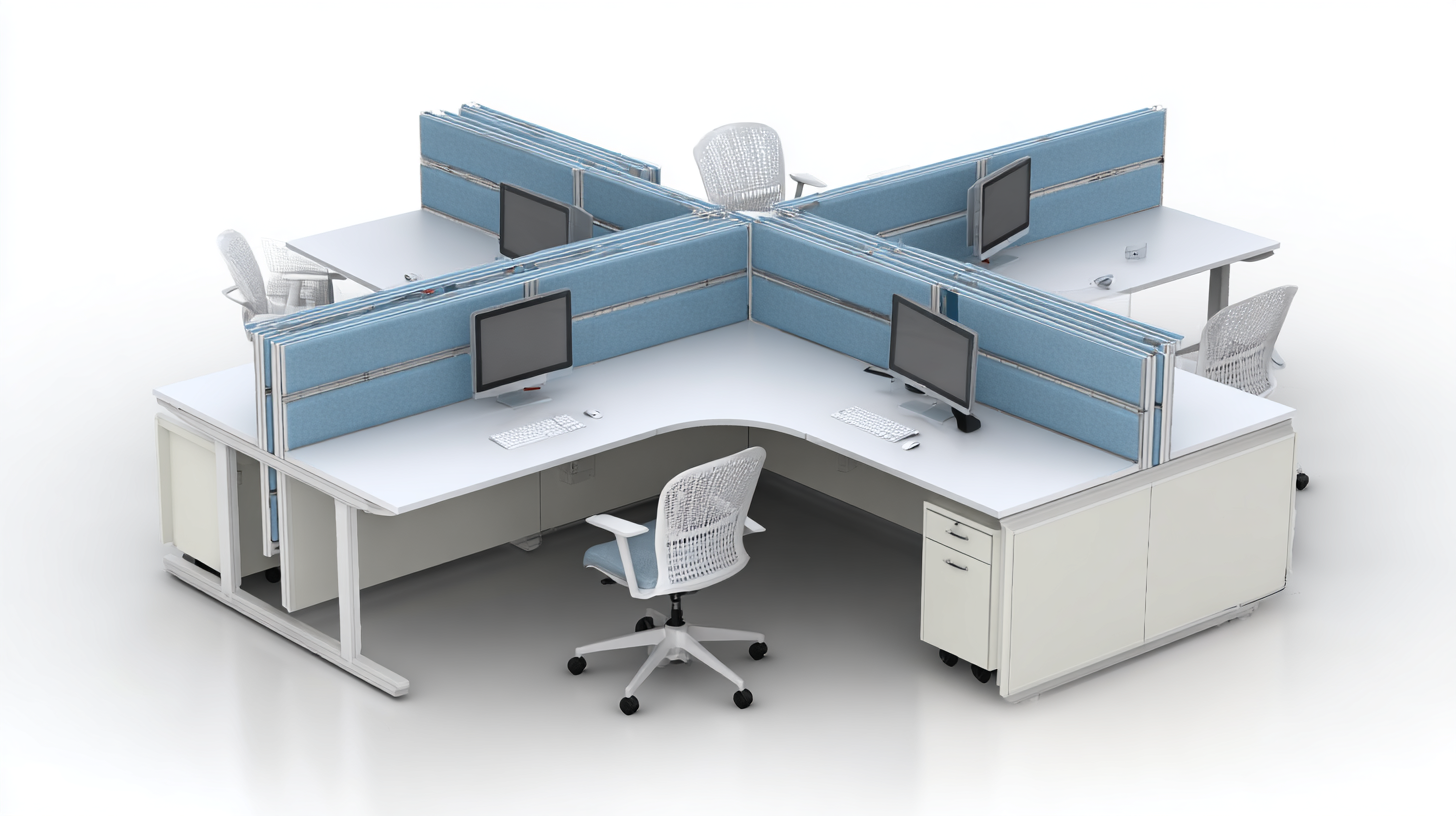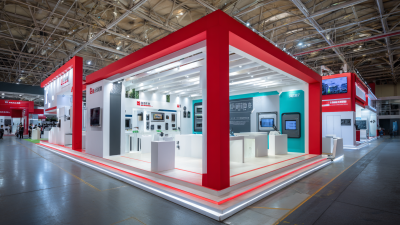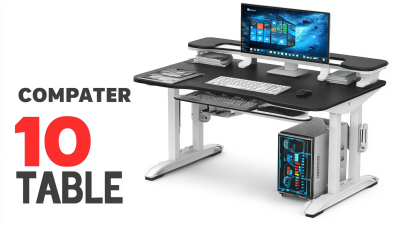In today's fast-paced work environment, the importance of a well-designed workspace cannot be overstated. A key component of this space is the computer table, which can significantly influence your productivity and overall well-being. With the rise of remote work and long hours spent at a desk, prioritizing ergonomics has never been more crucial.

An ergonomic computer table is designed to support your posture, reduce strain on your body, and create a comfortable setting for both work and creativity. By investing in one of the top five ergonomic computer tables, you can expect not only enhanced comfort but also a remarkable boost in productivity—up to 20%! In this guide, we'll explore how the right computer table can transform your workspace, leading to improved focus, efficiency, and ultimately, a more successful work experience.
When selecting ergonomic computer tables, several key features enhance comfort and, consequently, productivity. According to the Occupational Safety and Health Administration (OSHA), an optimized workstation can improve worker efficiency by up to 20%. One essential feature is adjustable height; tables that allow users to switch between sitting and standing positions help reduce the risk of musculoskeletal disorders. A study published in the International Journal of Environmental Research and Public Health found that alternating between postures throughout the day significantly lowers discomfort levels, leading to improved work output.
Moreover, a spacious surface area is crucial for an effective ergonomic table. As outlined in a report by the Human Factor and Ergonomics Society, ample workspace allows for the proper arrangement of monitors, keyboards, and other tools, minimizing strain from awkward reaching. Additionally, incorporating suitable cable management systems can prevent clutter, thus creating a cleaner, more focused environment that promotes sustained attention and productivity.
Choosing the right ergonomic table, therefore, is not merely a matter of comfort, but a strategic move that aligns with productivity-enhancing best practices.
The height of your desk plays a crucial role in determining your posture and overall productivity. According to a report by the Occupational Safety and Health Administration (OSHA), improper desk height can lead to musculoskeletal issues that significantly impede work efficiency. In fact, studies indicate that maintaining a neutral wrist position while typing, which is achieved with the correct desk height, can improve typing speed by up to 15%. This improvement in ergonomics not only enhances comfort but also encourages longer periods of focused work, directly linking desk height to productivity gains.
Furthermore, a study published in the Journal of Environmental Health Research found that employees who utilize adjustable height desks experience a 20% boost in productivity compared to those with traditional fixed desks. This increase results from enhanced circulation and reduced fatigue, allowing for sustained attention and better task performance. Ultimately, evaluating and optimizing desk height is a simple yet impactful strategy in fostering a healthier and more productive workspace.

A well-organized workspace can significantly enhance productivity, with studies indicating that a clutter-free environment can boost efficiency by up to 20%. This is where smart cable management solutions come into play, eliminating visual distractions and reducing the risk of accidents caused by tangled wires. According to a report by the International Journal of Workplace Health Management, employees working in decluttered spaces report 30% less stress, which can directly influence focus and output.
Incorporating cable management into your ergonomic setup not only improves aesthetics but also promotes a functional workspace. Creative solutions such as cable trays, clips, and cord sleeves can help organize power cords and data cables efficiently. This proactive approach minimizes interruptions and allows for a more streamlined workflow. Research by the Association for Computing Machinery reveals that employees with optimized workspaces are 47% more likely to stay focused on tasks. The right computer table combined with effective cable management can truly transform your workspace, allowing you to harness the full potential of your productivity.

As remote work continues to rise in popularity, prioritizing a conducive workspace has become essential for productivity, especially in small office environments. The shift from traditional, space-focused office designs to more ergonomic, space-saving layouts reflects this new trend. Companies are investing in innovative designs that optimize limited space while enhancing comfort and efficiency, allowing employees to perform at their best.
Recent developments in office design emphasize a human-centered approach rather than simply maximizing square footage. This evolution encourages creativity and collaboration among teams, promoting a healthier work-life balance. By integrating versatile furniture and smart storage solutions, small offices can transform into dynamic workspaces that support both productivity and well-being. The focus is not only on aesthetic appeal but also on creating an environment where individuals can thrive, ultimately leading to improved job satisfaction and retention.
The following chart illustrates the productivity boost associated with different ergonomic computer tables designed for small office environments. Each table's design significantly enhances workspace efficiency, showing up to a 20% increase in productivity.
Creating a personalized ergonomic setup is crucial for maximizing comfort and productivity at your workspace. One of the key aspects to consider is the type of accessories you use. A quality ergonomic chair can significantly improve posture and reduce strain during long hours of work. Pairing this with a height-adjustable desk allows you to alternate between sitting and standing, promoting better blood circulation and energy levels throughout the day.
Tips: Invest in a keyboard and mouse that are designed for ergonomic use. Keyboards with a split design can help maintain a neutral wrist position, while a vertical mouse minimizes wrist strain. Additionally, consider using a monitor stand to position your screen at eye level, which helps prevent neck and eye strain.
Don't forget the role of small adjustments in enhancing your comfort. Placing a footrest under your desk can help maintain proper posture by ensuring your feet are well-supported. Moreover, allow for regular breaks and stretches to avoid stiffness and boost your overall productivity. These adjustments and accessories work together to create an optimal ergonomic workspace tailored to your needs.






